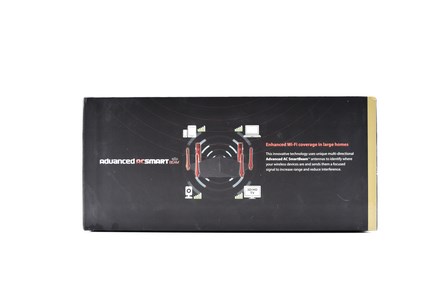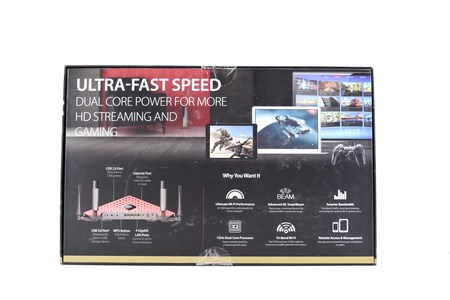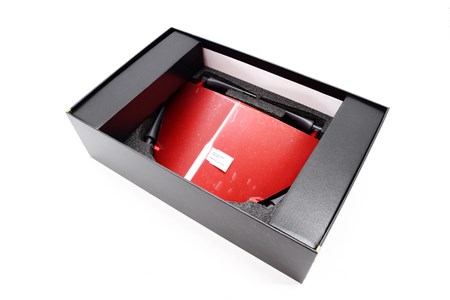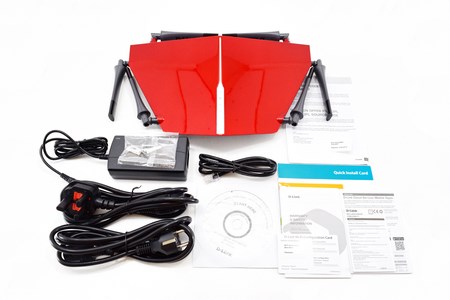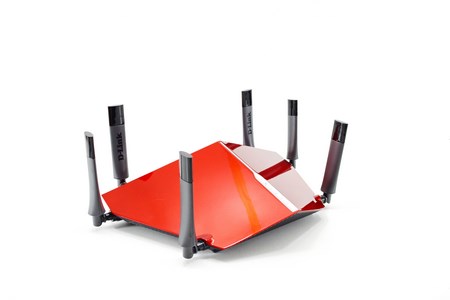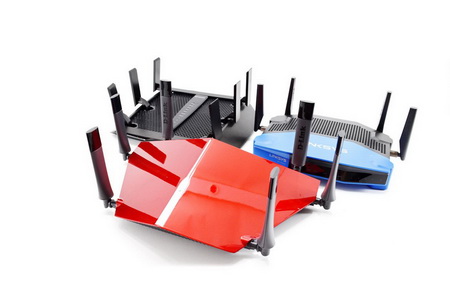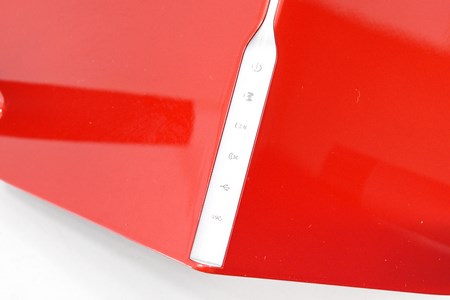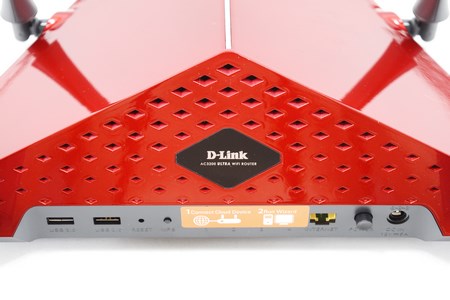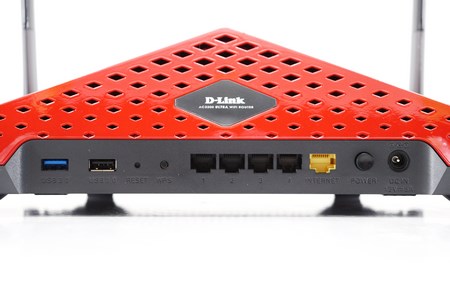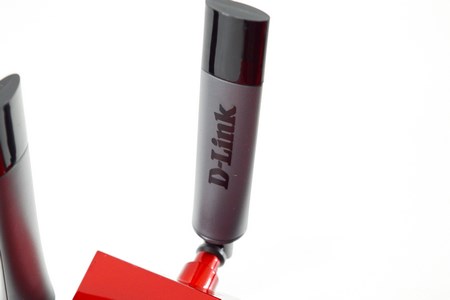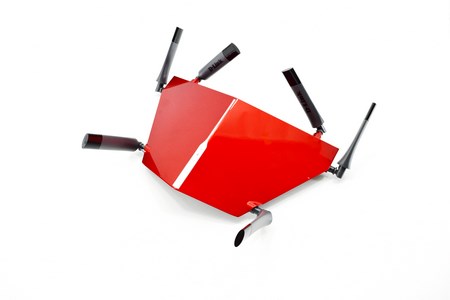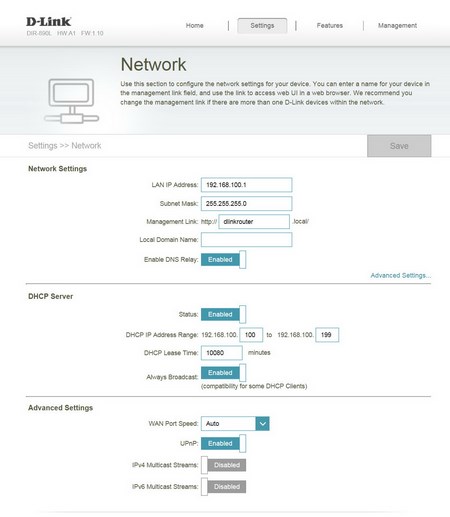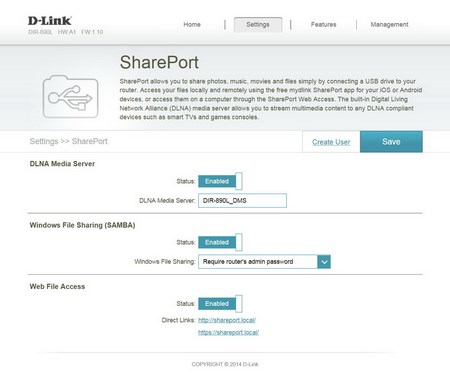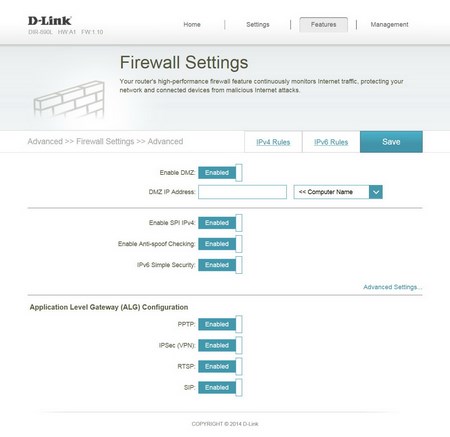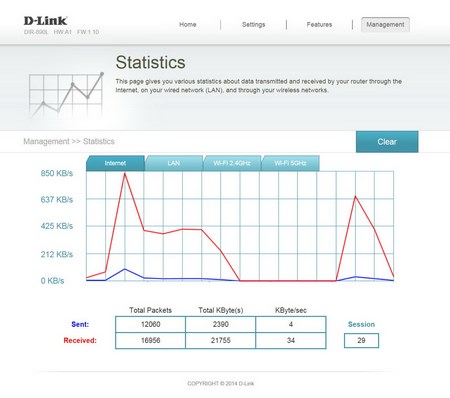INTRODUCTION
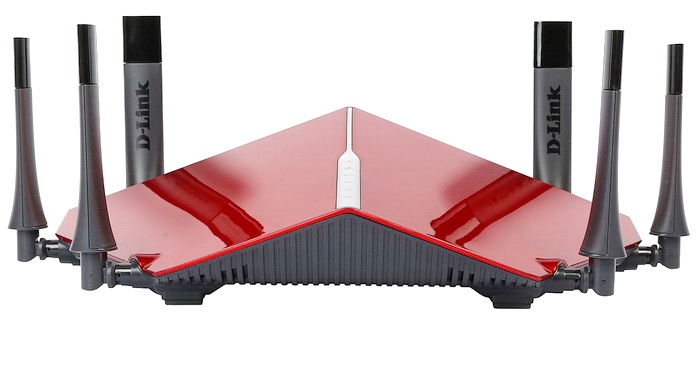
How many of you remember the design and wireless capabilities of the very first modem/router you ever used at home or at the office? Mine was a Zyxel one which looked pretty much the same as a small switch and didn't even feature Wi-Fi so it was really nothing to be excited about. However as years went by manufacturers started not only to improve the wireless capabilities of their models by using different chips and increasing the number of antennas but also to make their enclosures more appealing towards enthusiasts and gamers. Of course even today there are many modem/routers in the market that look a lot like regular switches but all the latest ones feature at least two high-gain antennas for broadcasting signal in both the 2.4GHz and 5GHz bands. The DIR-890L Ultra Wi-Fi Router by D-Link released last year (took its time getting here) is not only one of the best looking models in the market today but it also features AC3200 technology for superior wireless performance.
D-Link helps you connect to more of everything with our innovative approach to computer networking. From relatively modest beginnings in Taiwan the company has grown over the last 29 years into an exciting global brand offering the latest network solutions. Whether it is for the home consumer, business or service provider we pride ourselves on offering award winning networking products and services. We will continue to lead the way in building networks for people around the world.
The DIR-890L is a tri-band Wi-Fi router so just like the DIR-880L it features simultaneous broadcast of two wireless bands, 802.11n (2.4GHz 600Mbps) and 802.11ac (5GHz 1300Mbps) but ontop of those two it also features the broadcast of a second 802.11ac (5GHz 1300Mbps) band to achieve the advertised AC3200 status (Unfortunately unlike the Nighthawk X4 by Netgear the DIR-890L lacks a single AC1900 5GHz band but considering there are just a handful of receivers that support it that's not a big deal). In order to support these three bands D-Link used the 1 GHz ARM® Cortex™-A9 dual-core BCM4709A communications processor by Broadcom (32KB I-cache/32KB D-cache per core/256KB shared L2 Cache) with 512MB RAM, 128MB flash memory and 6 external high-gain antennas. As expected from an ultra-high end router the DIR-890L supports several advanced technologies such as smart beam forming technology (used to focus wireless signal on connected devices) and smart connect technology (automatically assigns devices on the most powerful band available). In terms of wired connectivity the DIR-890L features a total of 4 RJ-45 Gigabit Ethernet Ports, WAN Gigabit Ethernet port, USB 3.0 port and a USB 2.0 port. So once again the time has come for us to find out whether or not it's worth spending your hard earned money for the product in our hands.
SPECIFICATIONS AND FEATURES

PACKAGING AND CONTENTS
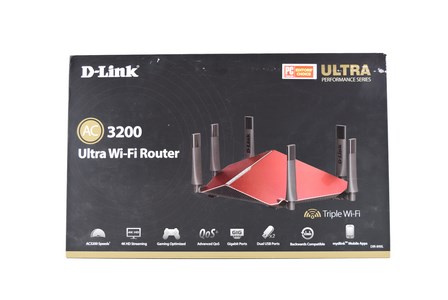
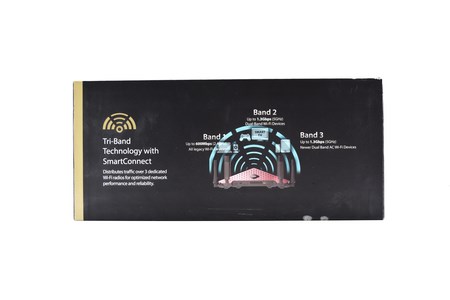
All of the product features are also placed at the rear right next to a product picture used to showcase all available connectors.
As you can see the router comes with all 6 antennas attached and is placed inside a formed piece of black foam.
D-Link ships the DIR-890L with its power adapter, two cords (EU/UK), ethernet cable, wall mounts, software CD, quick install card, configuration card, declaration of conformity paper, warranty information paper, mobile apps paper and an open source code paper.
THE DIR-890L
D-Link designed the DIR-890L after the great Pyramids so if you like such things this is the router for you (also available in black).
Of course the DIR-890L is not the only nice looking router in the market today since the WRT1900ACS by Linksys and the R8000 Nighthawk by Netgear also look great.
Activity LEDs for the power, internet connection, Wi-Fi bands and USB ports are placed at the front of the device.
The rear of the router is perforated (for the largest part).
Moving at the rear we find a USB 3.0 port, USB 2.0 port, reset button, WPS button, 4 Gigabit Ethernet ports, WAN Gigabit port, power on/off button and the DC in.
The two rear Antennas also have the company name printed on them.
Just like with most routers in the market you can adjust the orientation of the antennas to try and get better signal to your Wi-Fi enabled devices but once again in our tests that didn't make a difference.
WEB INTERFACE PART 1
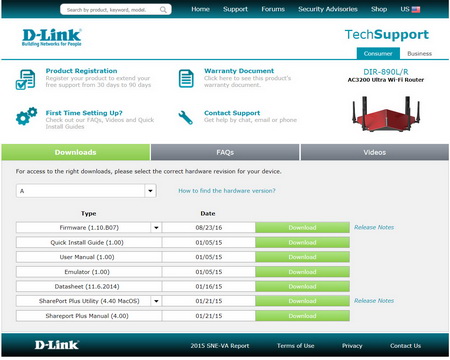
As always i suggest heading over to the official product support page to download the latest firmware since the automatic process some routers have may not turn up a previous version.
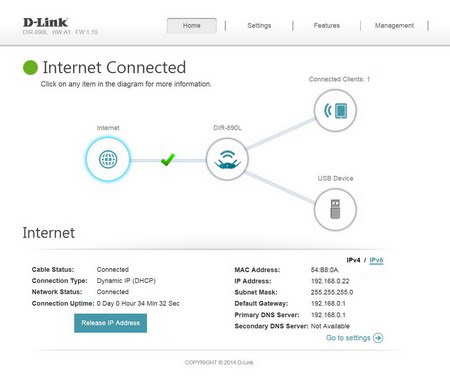
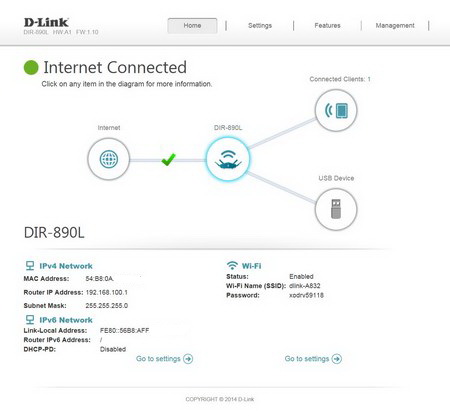
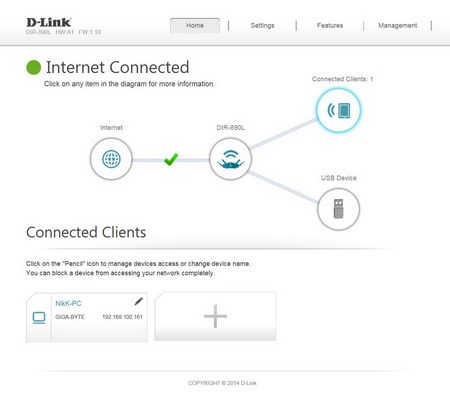 The web interface is almost identical to what we've seen by D-Link recently (that's a good thing) so once again from the main screen you can check the status of the internet, the DIR-890L and all devices connected with it (both wired and wireless).
The web interface is almost identical to what we've seen by D-Link recently (that's a good thing) so once again from the main screen you can check the status of the internet, the DIR-890L and all devices connected with it (both wired and wireless).
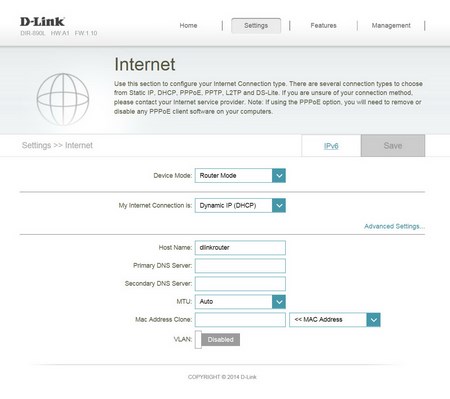
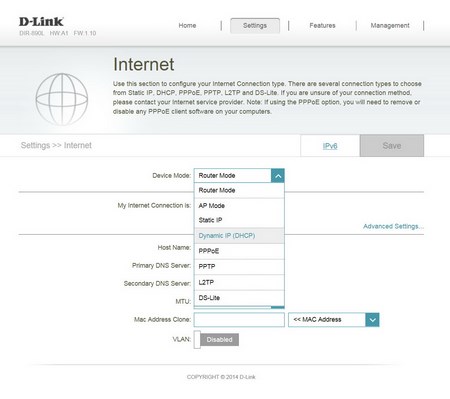
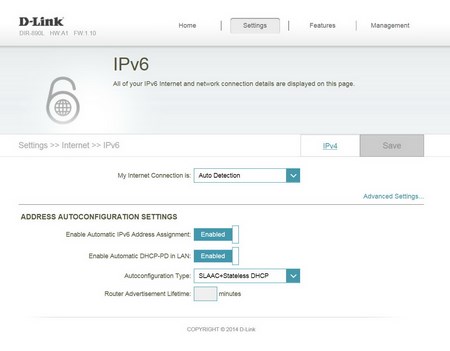
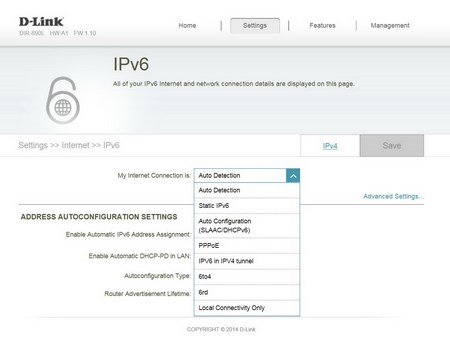 Moving to the settings drop down menu the first tab is the internet one via which you can choose between router and bridge mode, set the internet connection type and also set the DNS and MTU numbers for both IPv4 and IPv6.
Moving to the settings drop down menu the first tab is the internet one via which you can choose between router and bridge mode, set the internet connection type and also set the DNS and MTU numbers for both IPv4 and IPv6.
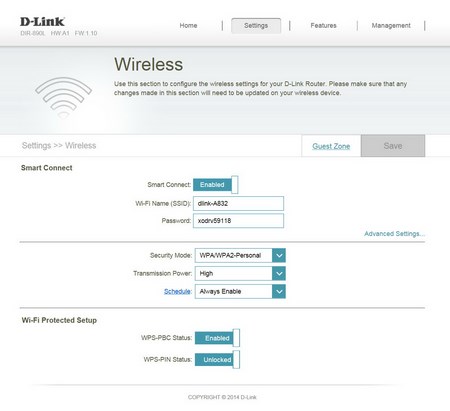
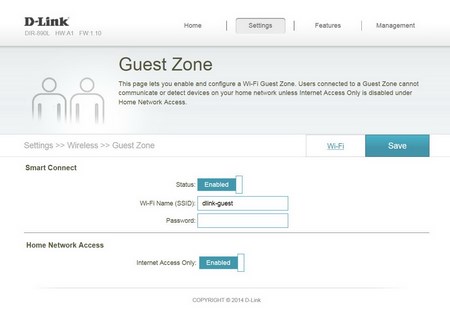
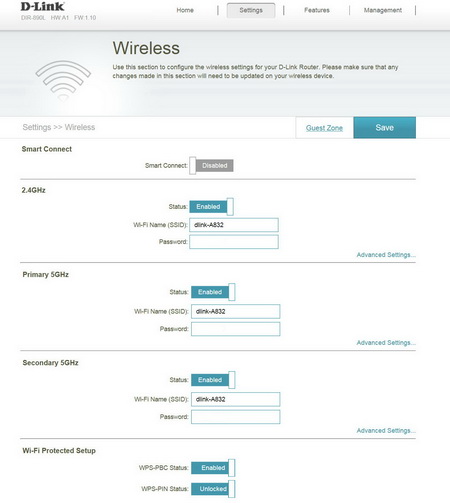
From within the wireless tab you can setup the Wi-Fi (SSID) name, password, signal strength and guest access. However although smart connect may help in some cases we strongly suggest disabling it and manually setup the 2.4GHz and two 5GHz bands.
The network settings tab is pretty much self-explanatory since in here you can find everything related to the IP address of the router, its DHCP settings and port speed.
Via the share port tab you can enable sharing on iOS and Android devices (PCs too) of everything placed in the connected USB drive or drives.
WEB INTERFACE PART 2
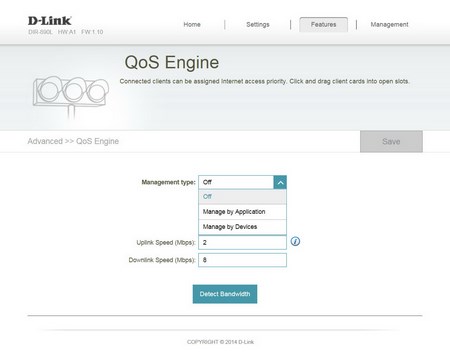 You can adjust the management type of QoS (quality of service) and its priority by dragging each of the connected clients to the boxes beneath (unfortunately when we took this screenshot it seems that the web interface didn't detect our systems).
You can adjust the management type of QoS (quality of service) and its priority by dragging each of the connected clients to the boxes beneath (unfortunately when we took this screenshot it seems that the web interface didn't detect our systems).
The firewall tab includes everything you'd hope to find here from DMZ (demilitarized zone) and anti-spoof to ALG (application level gateway) settings and rules for both IPv4 and IPv6.
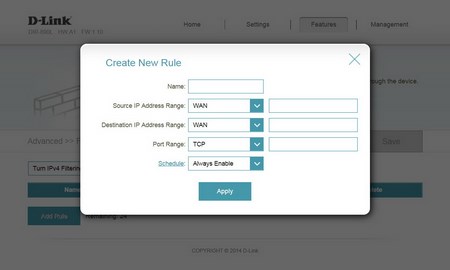
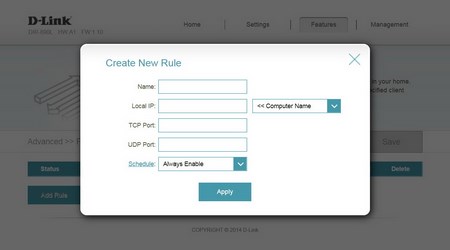
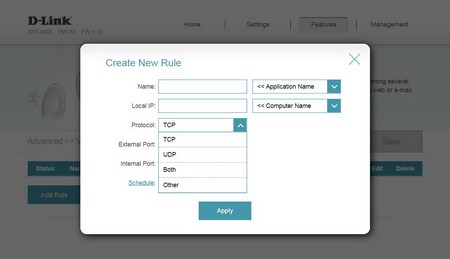
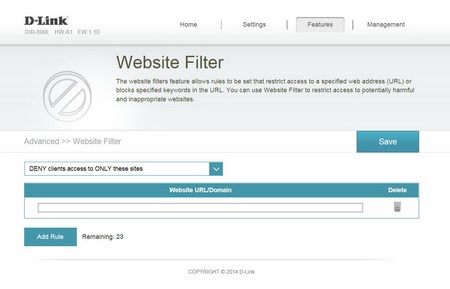
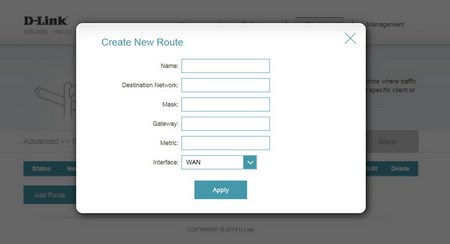
You can also turn on filtering and add rules for IPv4 and IPv6, restrict access to certain URLs (websites) and setup new routes.
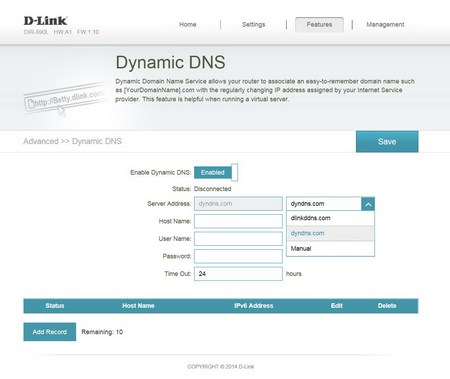
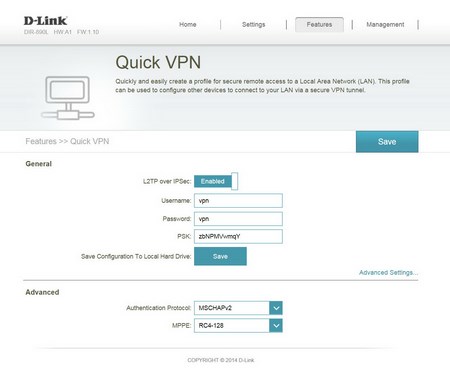 Dynamic DNS and quick-VPN can also be configured via the features drop-down menu.
Dynamic DNS and quick-VPN can also be configured via the features drop-down menu.
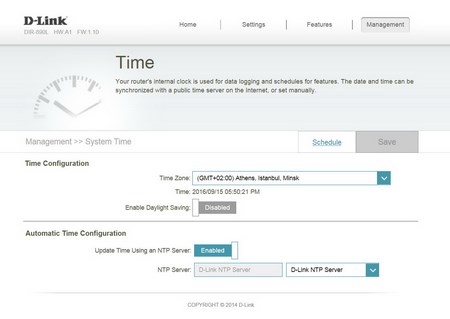
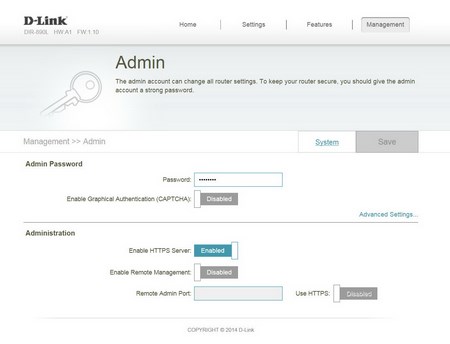
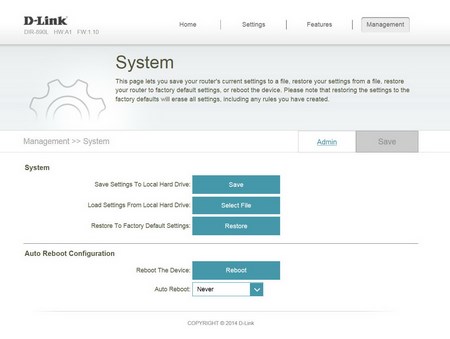
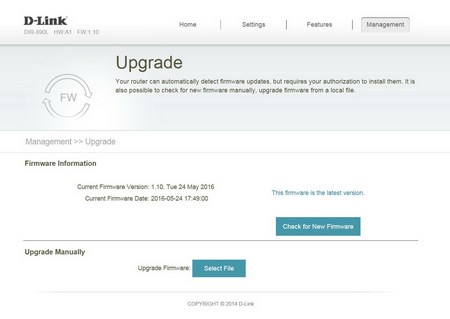 Last but not least from within the management tab you can setup the time, change the administrator password, enable HTTPS access and remote management, save/load stored settings to/from your hard drive, reboot the device (auto reboot is also available) and you can also check for new firmware updates or perform one using a file (that's what we did with the 1.10 version).
Last but not least from within the management tab you can setup the time, change the administrator password, enable HTTPS access and remote management, save/load stored settings to/from your hard drive, reboot the device (auto reboot is also available) and you can also check for new firmware updates or perform one using a file (that's what we did with the 1.10 version).
We almost forgot to mention the statistics page from where you can monitor the amount of data transmitted and received by the router.
TESTING METHODOLOGY
Since standalone routers can't directly connect to the internet (unless you have a cable connection which we don't) and thus the modem is responsible for internet speeds the only thing that's left is to test and see how much bandwidth they can offer by directly linking two devices with them. So once again we will be using the networking benchmark by Passmark (v.8), the QCheck by Ixia and ATTO 2.47 (since April 2015) to test such devices the same exact way we test Powerline adapters and Modem/Routers. Since we need to test new features and specifications all routers are benchmarked with their highest available wireless standard/band (5GHz in this case). Our systems are outfitted with Kingston HyperX Predator 480GB PCIe SSDs, AC1200 USB adapters (we expect new AC1900 ones soon) and CAT7 cables and are placed 15m away from the router with 3 concrete walls between them while each test is repeated a total of 6 times after which the average scores are recorded into our charts. Both systems have Windows 7 Ultimate SP1 installed with all the updates until the 15th of September 2016.
We’ve received several requests by some of you to also measure power consumption when testing modem/routers and although differences are not that great between similar models we decided to do so (average power consumption during tests is placed in our charts).
TEST RESULTS

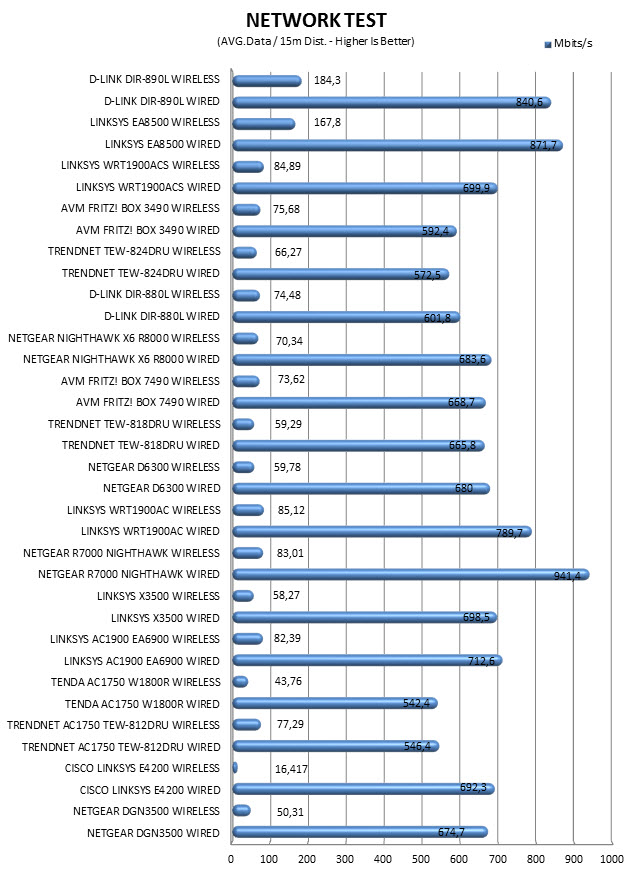
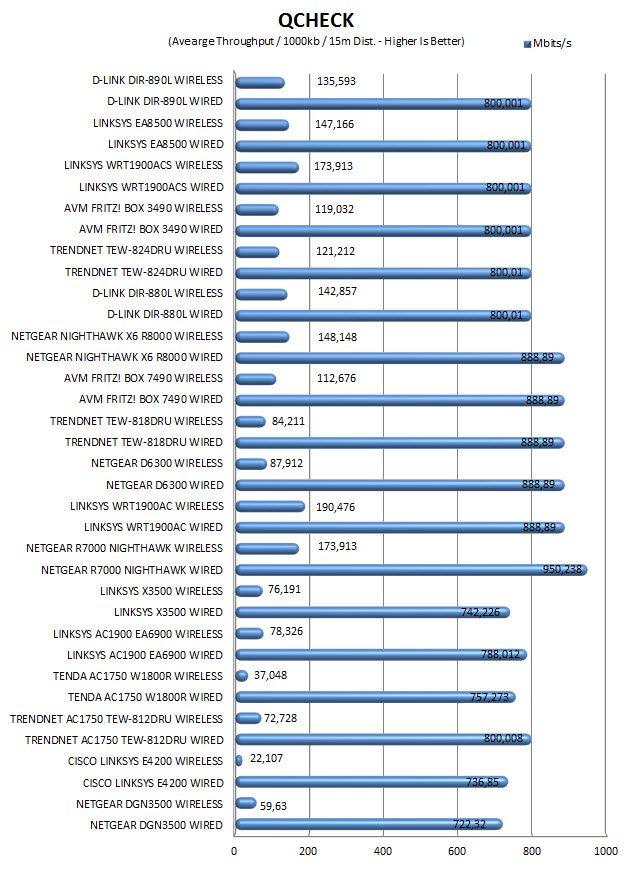

CONCLUSION
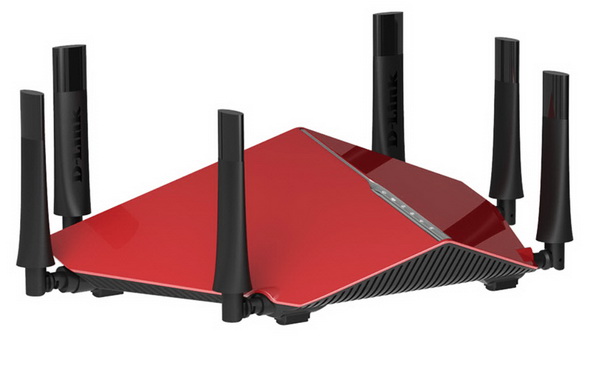
No matter how many times I’ve seen the D-Link DIR-890L I still consider its design as being one of the best in the market today (the new DIR-879 is not bad either). In terms of build quality the DIR-890L may not feel as sturdy as the WRT1900ACS by Linksys but is right on par with the R8000 Nighthawk by Netgear (perhaps a tad better) so we experienced no problems during the two weeks of testing. Unfortunately when we started testing the wireless capabilities of the DIR-890L we actually got a lot worse results due to the fact that smart connect used the 2.4GHz band first. Disabling smart connect and manually using the primary 5GHz band boosted our numbers to the ones you see recorded here so do keep that in mind if you don’t get good speeds with the DIR-890L right out of the box. The DIR-890L does lack an 1900Mbps band so you may not get the same wireless performance when using one of the latest AC1900 USB adapters (D-Link send us one to test so we will see just what differences you can expect compared to AC1200 ones) but for those D-Link just introduced the DIR-895L AC5300 router (it actually has two 2167Mbps 5GHz bands) which we hope to have here soon (hope is the key word here). Navigating through all available settings may not be as fast as with some other models in the market but I still consider the GUI used with D-Link products to be far more complete (and better looking) than what most manufacturers offer. For reasons unknown we were unable to use the MyDlink service (we got a not able to register device error) but you can take a look at this feature in our previous D-Link review here.
The introduction of the new D-Link DIR-895L AC5300 model pushed the price of the DIR-890L AC3200 to a new all-time low so currently you can find it for USD229.99 inside the USA (Amazon.com) and for 233Euros inside the EU (Amazon.co.uk) a price tag which puts it right next to the R8000 Nighthawk by Netgear and above the Linksys EA9200. Overall however we feel that the DIR-890L has more to offer (including better wireless performance) and that’s why it gets our Golden Award.

PROS
- Build Quality
- Design
- Wireless Performance (Top In Our Charts)
- AC3200 Technology (Concurrent 802.11n & 802.11ac)
- User Friendly Web Interface
- Features
- Technologies Used (Advanced Beamforming & Smart Connect)
- Android & iOS App
- 4 Gigabit Ethernet Ports
- 2 USB Ports (USB 3.0 & USB 2.0)
CONS
- Price (For Some)

 O-Sense
O-Sense





